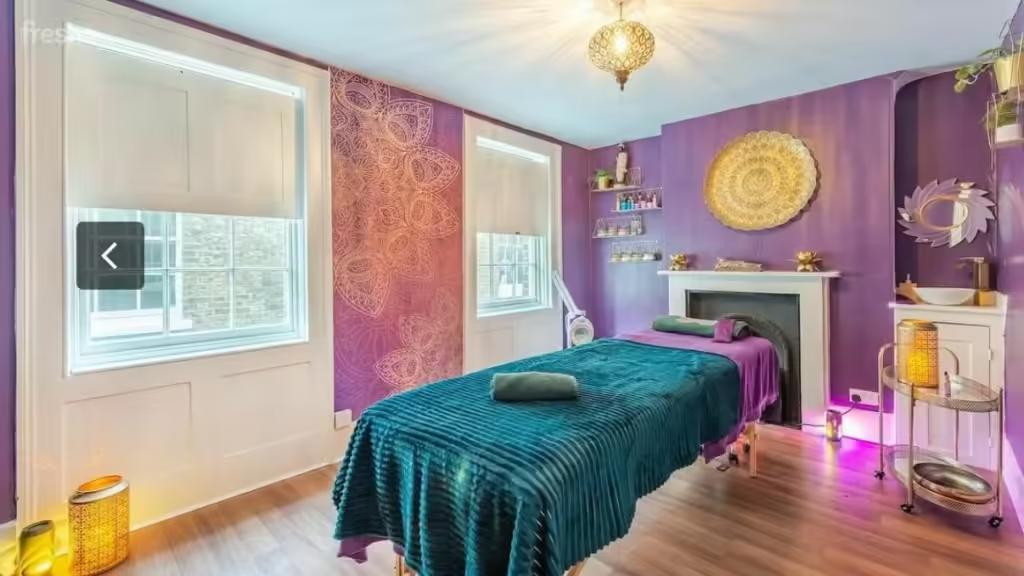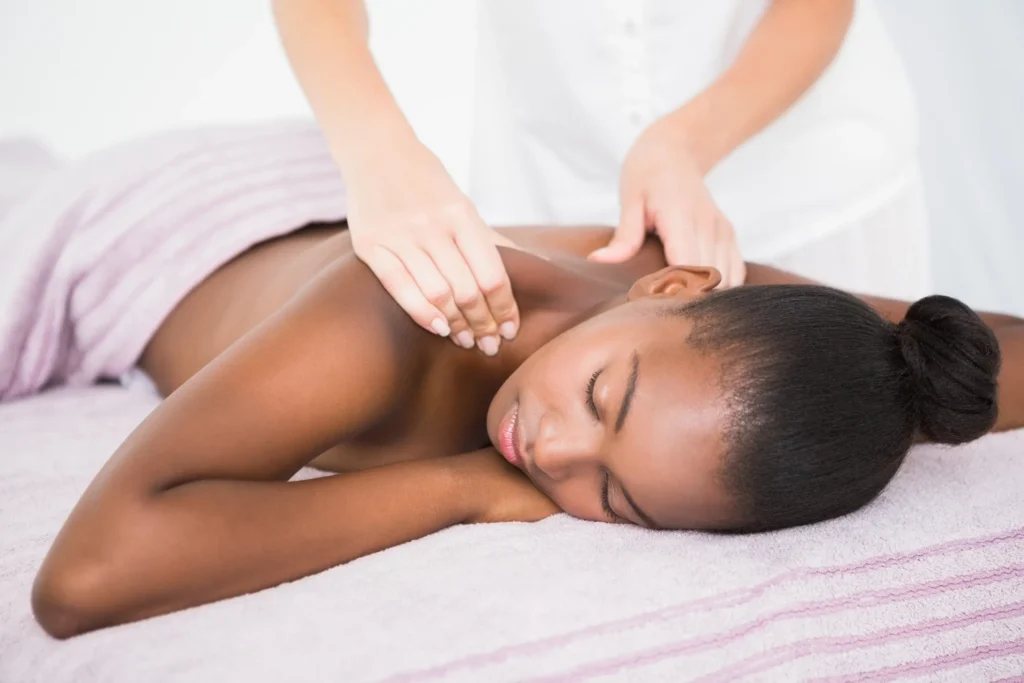In today’s digital world, first impressions are visual.
Before a potential client reads your glowing reviews or checks your availability, they’re scanning your photos. Whether you run an independent massage practice, a boutique spa, or a large wellness clinic, your images are often the make-or-break factor for turning web visitors into paying clients.
Here’s how to choose photos that truly represent the quality, atmosphere, and experience of your massage services—and help build the trust that leads to bookings.
Why Massage Photography Matters
People don’t just book massages—they buy relaxation, relief, and rejuvenation. That means your photos need to convey more than just a table and a towel. They should evoke a feeling.
Photos Can:
- Build trust instantly
- Show professionalism and cleanliness
- Create an emotional connection
- Set expectations about the environment
- Differentiate you from competitors
According to Google’s Search Quality Evaluator Guidelines (SQEG), users evaluate landing pages based on page utility and trustworthiness. High-quality, relevant images contribute significantly to both.
1. Show the Experience, Not Just the Setup
A sterile shot of an empty massage table won’t cut it anymore. Customers want to see what it’s like to be there.
What to Include:
- A relaxed client receiving a massage (with proper draping)
- A smiling therapist in uniform
- Hands-in-action shots (e.g., back, shoulders, feet)
- Close-ups of soothing decor (candles, essential oils, towels)
- Waiting or lounge area with ambient lighting
📸 Pro Tip: Always get written consent from any clients featured in your photos—even if their face isn’t shown.
2. Use Real Photos Whenever Possible
Stock photography can look generic or overly staged. Clients are increasingly savvy—they can spot an inauthentic image from a mile away.
Benefits of Using Real Photos:
- Show your actual space and team
- Build authenticity and local connection
- Reinforce your unique brand atmosphere
If you must use stock photos, choose high-quality ones that closely match your actual services and environment. Avoid overly “model-like” actors or setups that don’t reflect your practice.
3. Prioritize Cleanliness and Comfort
Cleanliness is one of the most important signals of trust, especially post-pandemic. Your photos should scream “fresh linens, sanitized surfaces, and serenity.”
Must-Have Shots:
- Crisp, white or neutral massage linens
- Neatly arranged towels and equipment
- Soft lighting or natural light coming through windows
- Organized, clutter-free rooms
🧼 Bonus: If you use eco-friendly or hypoallergenic products, show them off!

4. Capture Your Unique Atmosphere
Your brand might be upscale, minimalist, boho, or clinical. The right images will reflect that mood.
Ask yourself:
- What does my spa feel like?
- Is it more Zen or more medical?
- Do I want clients to feel pampered or restored?
Examples by Brand Style:
- Luxury spa: Marble counters, plush robes, ambient candles
- Holistic wellness: Earth tones, crystals, wood decor, herbs
- Medical massage: Sterile but soothing setup, certificates on the wall, professional attire
Consistency between your online photos and in-person experience = trust.
5. Include People—but Naturally
Images with people create emotional resonance. Just ensure they feel candid, calm, and comfortable.
What Works:
- Therapist-client interactions (with proper draping)
- Smiling staff during a consultation
- A client resting post-treatment
Avoid:
- Overly posed or unnatural expressions
- Underdressed models or suggestive imagery (which can lower perceived professionalism)
🤝 Important: Represent diversity in your photos—different ages, skin tones, body types. Make every potential client feel welcome.
6. Invest in Professional Photography
High-resolution images with proper lighting and framing are a worthwhile investment. A professional photographer will know how to:
- Use lighting to create mood
- Frame shots for emotion and space
- Edit images subtly for clarity and warmth
Even one session can yield enough content for your website, social media, and booking platforms.

7. Optimize Photos for SEO and Load Speed
Your photos are also SEO assets. Don’t upload and forget them.
Best Practices:
- Use descriptive file names (e.g.,
massage-therapist-deep-tissue.jpg) - Add alt text with keywords for accessibility and SEO
- Compress images to avoid slowing down your site
- Use consistent dimensions and aspect ratios
🚀 Faster sites rank higher and convert better.
8. Tailor Photos to Each Platform
Different platforms may require different types of images.
| Platform | What to Prioritize |
|---|---|
| Website | Hero image, services, testimonials, ambiance |
| Google Business | Clean treatment room, team, front entrance |
| Candid behind-the-scenes, relaxing visuals | |
| Booking sites | Consistency, cleanliness, clearly lit interiors |
Final Thoughts
When someone searches for massage services online, they’re often stressed, overwhelmed, or in pain. The right photos can immediately reassure them that your space is safe, calming, and effective.
By investing in authentic, high-quality, emotion-driven imagery, you show—not just tell—people that you’re worth booking.
Want Feedback on Your Current Photos?
Upload or share your website, and I’ll gladly review your imagery from both a conversion and SEO standpoint. Let’s make sure your photos help turn browsers into bookings.
Leave a Reply